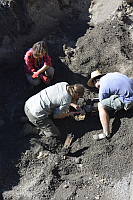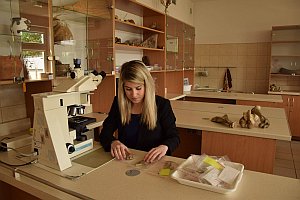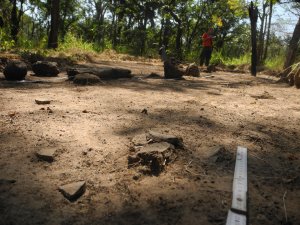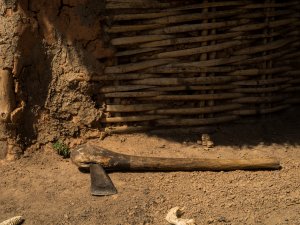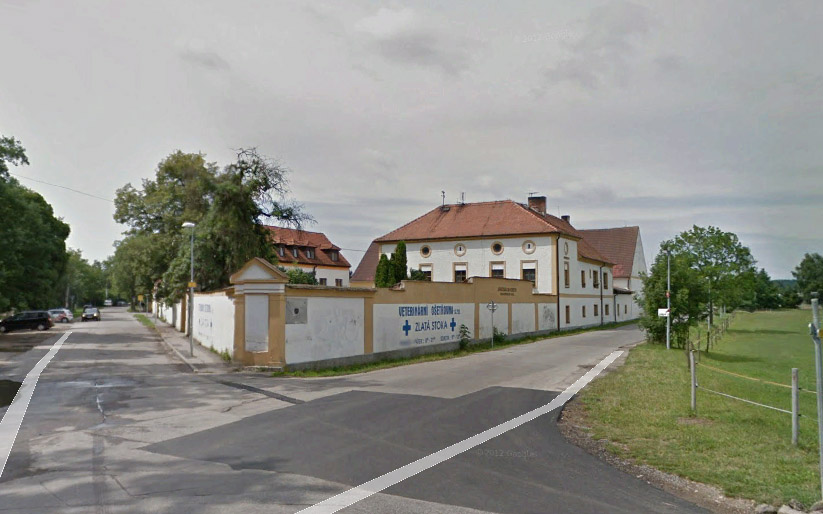Research of abandoned and living villages in south-eastern Senegal: The comprehensive knowledge by methods of archaeology, anthropology and vegetation ecology
Duration: 2018–present
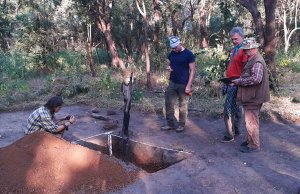 Niemenike
The Niokolo-Koba National Park was established in 1954 in the territory of southeastern Senegal. The park was expanded in the 1960s due to its rich biodiversity at the expense of local villages. The inhabitants of the original villages had to relocate for this reason in two waves. First beyond the borders of the newly established park, then beyond the limit of its expansion.
The remains of abandoned villages are still visible today in the park under lush vegetation. The aim of the project is to document these villages and study their archaeologisation over time in the environment of the local tree savannah. At the same time, there is the question of mutual influences, which means how quickly the local flora covered these abandoned areas and how the activities of the then inhabitants in the documented area are reflected in the national park today.
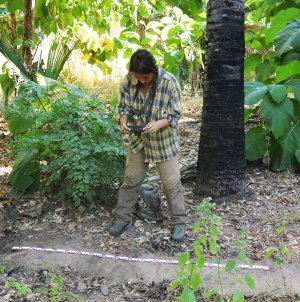
The research team consisting from archaeobotanist Jaromír Beneš (LAPE USB), archaeologist Tereza Majerovičová (IA and LAPE USB), botanist Jan Novák (LAPE USB) and zoologist Lucie Stoklasová (ČZU) went to Senegal for the first time in 2018. The intention of the first expedition was to get acquainted with the field conditions and to select villages with the potential for later research. The team also visited living villages beyond the Niokolo-Koba National Park, where the original inhabitants of abandoned villages or their descendants were contacted. A very important step was to establish cooperation with the University of Dakar and the local archaeologist Alioune Deme. The team was completed in the field by Idrissa Manka (PhD. student of archaeology from the University of Dakar), who, among other things, helps with translation into local diverse languages.

The second expedition passed in 2019, financed mainly from the resources of the GA JU student grant of the PhD. student Tereza Majerovičová, who is making on her dissertation with the topic of abandoned and living villages of south-eastern Senegal. The team supplemented by the archaeologist and anthropologist Ladislav Šmejda, who works at the Department of Anthropology in UWB Pilsen and at the Czech University of Life Sciences in Prague. The expedition focused on two (already pre-selected) abandoned villages of Badi and Niémeniké and their surroundings. The soil sampling was made during filed research in transect across villages and beyond. Furthermore, several comparative samples were taken from the surroundings and the soil profiles from the settlement units in the area of both studied villages was documented. The vegetation of the area was mapped and local trees were sampled using the dendrochronological method. These samples are now being analysed by dendrologist Jan Altman working at the Botanical Institute in Třeboň. Special emphasis is placed on the research of trees in the area of abandoned and living villages due to their symbolism, medical and raw material usability (Sacred trees: a ritual and profane relation between tree and village in Niokolo-Koba National Park, Senegal).
The team will return to Senegal to continue researching extinct villages in the coming years to anthropologically explore local traditions, and monitoring local environmental processes.
Tereza Majerovičová
Solver:
- LAPE, Faculty of Science, USB České Budějovice
- Institute of Archaeology, Faculty of Arts, USB České Budějovice
Research photos
|
Where to find us?
Laboratory of Archaeobotany and Palaeoecology
- Faculty of Sciences,
- University of South Bohemia
-
- Na Zlaté stoce 3
- 370 05 České Budějovice
Contact
+420 38 903 6306
+420 38 903 6308
|

